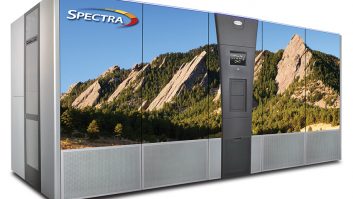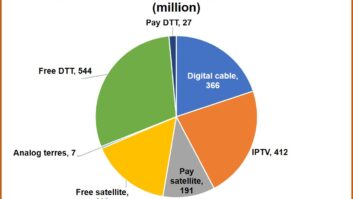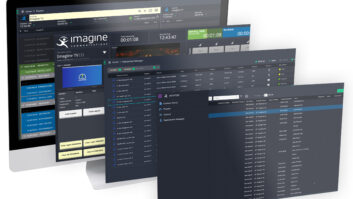
Many consumers would consider changing their primary TV service to an ‘a la carte’ model to avoid paying for bundles which include channels they don’t watch, according to new global research from Irdeto. The research reinforces a growing consumer trend and reveals that 42 per cent of UK consumers and 58 per cent in the US would be interested in changing their current TV service to a package where they could select the specific channels and content that they wanted to watch.
Cost is clearly the main global driver of this willingness to change, with respondents who would consider this kind of package in the UK (77 per cent) and the US (75 per cent) mainly motivated by not wanting to pay for bundled channels they don’t watch. While it’s clear that many may not realise that the cost of creating an a la carte experience could actually be equal to – or greater than – current pay TV bundles, it is expected that the desire for hyper-personalisation and choice will still fuel the a la carte trend worldwide.
There are a number of consumers, however, who wouldn’t consider shifting to an a la carte TV service model. This is largely because they like the variety of content offered in more traditional packages particularly in the UK. In all countries surveyed, the most popular reason for not wanting to switch is that consumers like having lots of channels to choose from. Consumers in the UK were less likely to consider switching, which could be because they are happy with the free TV offering they have under the license fee.
“This research shows an increasing demand from consumers for content on their terms. Operators must take this into consideration and ensure that they continue to evolve their offerings accordingly to remain competitive in the market,” said Richard Scott (pictured), senior vice president, sales and marketing, Irdeto. “The drive towards a la carte can be seen across the industry, with new services looking to cater to that consumer. In addition to offering a compelling multi-screen experience, operators must also price themselves correctly to avoid losing consumers who realise that a la carte services can become quite expensive when added together.”
While many consumers would be willing to switch their current TV service for an a la carte service, 25 per cent in the UK would not be willing to pay for such a service in contrast to just 11 per cent in the US. Among the most frequently cited monthly payment limits that consumers would be willing to spend on a la carte services were £20 (19 per cent) and $30 (31 per cent). However, 17 per cent of US respondents would pay up to $75 per month.
HD streaming is seen by many as a luxury rather than a necessity. When asked if they would be willing to upgrade their internet subscription and pay more to watch streamed HD content, 39 per cent of UK consumers would not, for the main reason that HD content is not an important factor for them. In contrast, price is the main inhibitor in the US (31 per cent) where the most common response is that consumers would not be willing to spend any more money to upgrade.
Cable and satellite subscriptions are still most popular for paid content: 67 per cent of US respondents pay for the majority of their TV content, compared to just under half of UK respondents. Of the respondents that pay for the majority of their TV content, an overwhelming 82 per cent in the UK mainly use a monthly subscription service via a cable or satellite provider.
Consumers in the US, who pay for the majority of their TV, are more likely to use OTT as main source of content: US (14 per cent) see a greater use of mainly OTT services like Netflix and Amazon Prime compared to just 9 per cent in the UK. Streaming devices or set-top boxes from telecoms providers are much more common in Singapore, with 44 per cent of those who pay for TV content viewing the majority of it through these devices. This compares to 16 per cent and under in the other markets.
The research was commissioned by Irdeto and conducted online by YouGov among representative samples in each market, with over 5,000 adults in total taking part.







